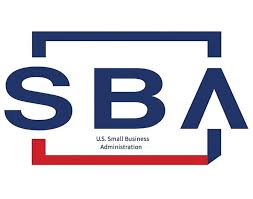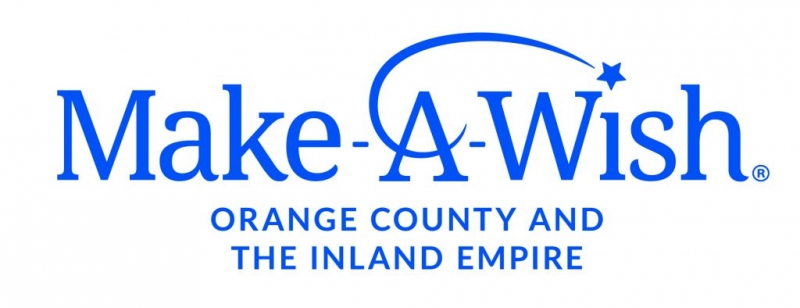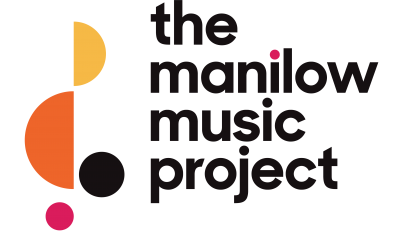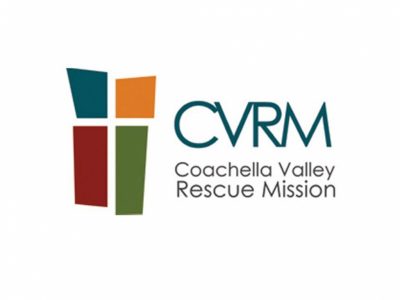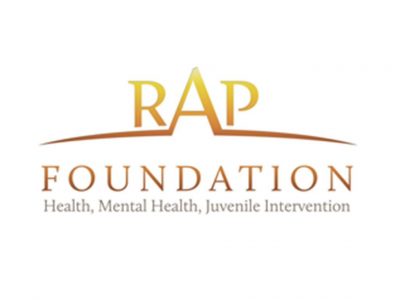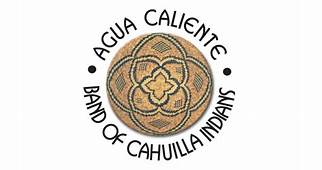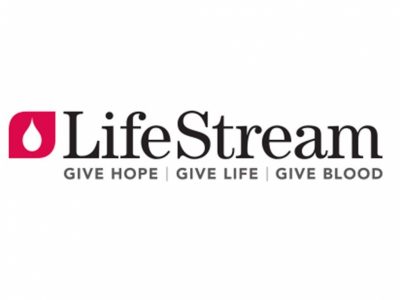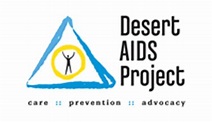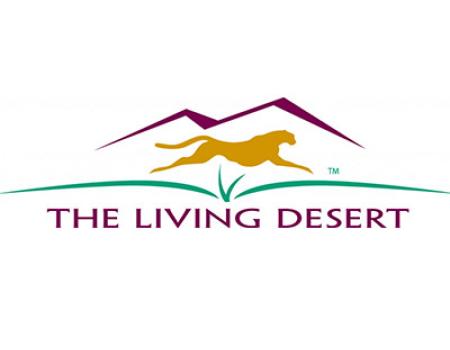The government finally issued a bit more guidance on PPP loans for owners who report business income on their Schedule C or on LLC tax returns. This update contains some highlights. Note that these are not exhaustive but do give some guidance.
And, as always, consult with your advisors to fully explore these issues.
As background, remember that the maximum amount that can be borrowed on a PPP loan is 2.5 times the average monthly payroll, adjusted for group healthcare costs, other employee benefits, retirement benefits, and state payroll taxes paid.
Assuming the business continued to do business on February 15, 2020, businesses may apply for the Payroll Protection Program based upon the net self-employment income as reported on the owners’ Schedule C or via the K-1s received for 2019.
Proceeds from the PPP may be used for payroll and to compensate the self-employed owners for up to eight weeks of their average monthly net earnings as reported on their tax returns.
If your tax return has been filed for 2019, the loan request must be supported by your received forms 1099-MISC, your bank statements, or your books of record that supports the reported income. In addition, you must provide support for your continuing 2020 activity.
The additional guidance did not define, specifically, what would constitute adequate support for reported self-employment income on the application of those who have note filed 2019 tax returns. Your local bank will ultimately decide what is sufficient. Presumably, in any case, 2018 tax returns will likely be necessary to support requests. We assume banks will also request 2019 profit-and-loss statements, supported by bank statements showing cash receipts.
Documentation supporting your employee inclusions, incorporating their benefits and health insurance, must be included with your applications. That includes payroll tax returns filed for 2019.
Partners in partnerships or LLCs may not apply individually for a PPP.
In addition to the employee comp limited to $100,000 per year plus benefits, the maximum amount that one can borrow will include the first $100,000 of earnings from self-employment.
The guidance did not specifically provide that self–employed individuals could include their own health insurance as a payroll cost.
Sorry! If you reported losses on your Schedule Cs, you may not request any loan amount as payment made to yourself.
Businesses not in business in 2019 but in business on February 15, 2020 will have to wait for additional guidance.
Several of our clients have received loan approvals, but not many have received money as of yet. Banks are moving slower than we would prefer but, all things considered, this government program has been implemented with lightning speed.
Source: Rose Snyder & Jacobs, Accountants

